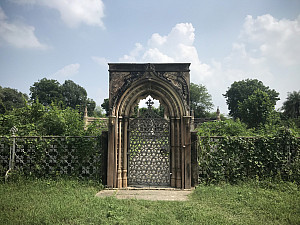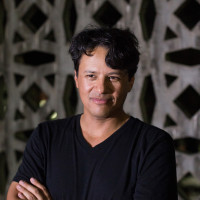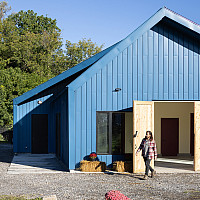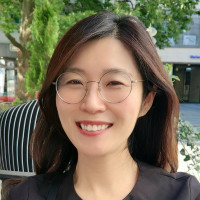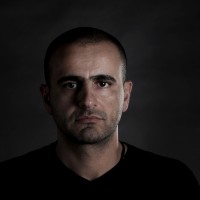Swati Chattopadhyay
Professor, Department of Art History; University of California-Santa Barbara
The Architecture of Sovereignty: Making and Unmaking the British Empire in India
This public lecture is an invitation to consider the process by which sovereign community in the modern era is constituted through visual and spatial means. Drawing on the archive of the long career of the British empire in India, Chattopadhyay examines the affective investment in land and territory that enabled the exercise of sovereignty. The argument is anchored in two sets of architectural events: first, the destruction of the Palace of Tipu Sultan in Mysore in the aftermath of the Fourth Anglo-Mysore War (1798-99) and the coeval construction of Government House in Calcutta (1803), and second, the making of the Memorial Well Monument in Kanpur (1863) in the aftermath of the Sepoy Rebellion (1857-59) and its unmaking between 1947 and 1950. These events, in precipitating crises of sovereignty, are opportune moments to reflect on the conditions that reside at the core of sovereign claims, colonial or otherwise.
Dr. Chattopadhyay will also lead “River Stories,” a specialized methods workshop for studying riverine cities, on September 11 from 10:30 a.m. to 2:30 p.m. at the Special Collections Research Center in Bird Library.
Workshop space is limited! Interested faculty, independent scholars, graduate students, and advanced undergraduate students are encouraged to sign up promptly.
Both events are co-sponsored by the Syracuse University Humanities Center, the School of Architecture, the Department of Art and Music Histories, and the South Asia Center as part of the Syracuse University Humanities Center’s 21st annual Syracuse Symposium, focused on a “Community” theme for 2024-2025.
